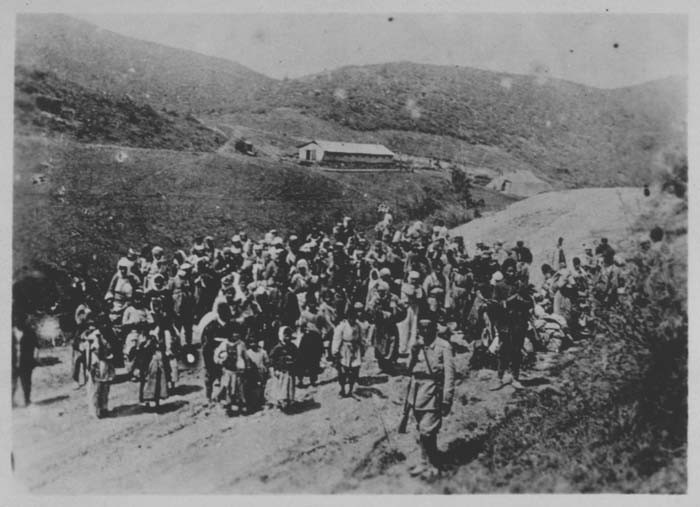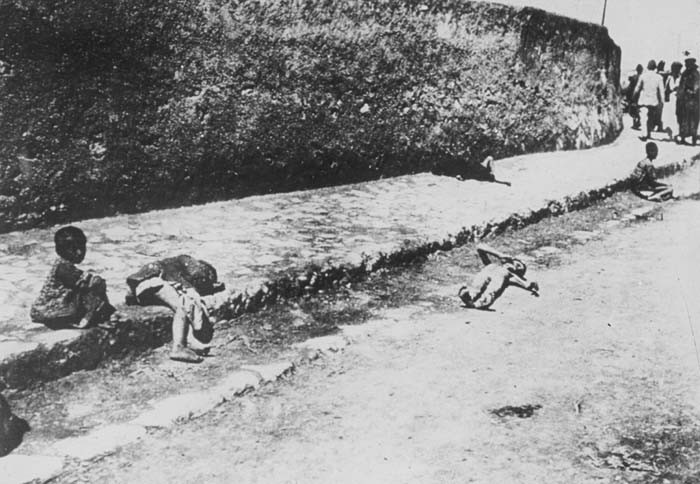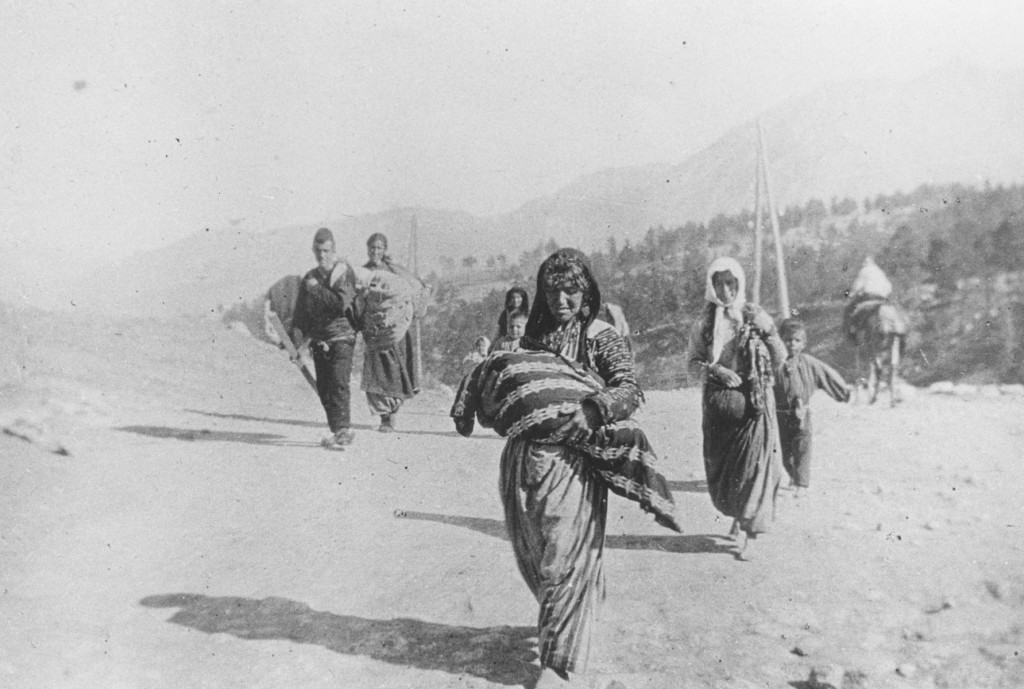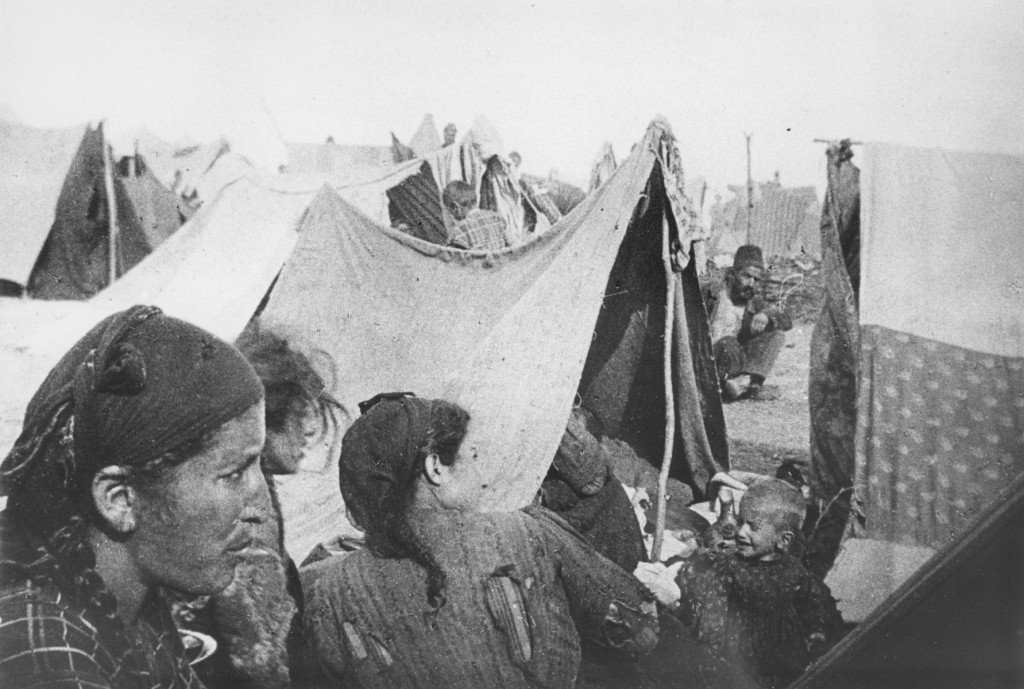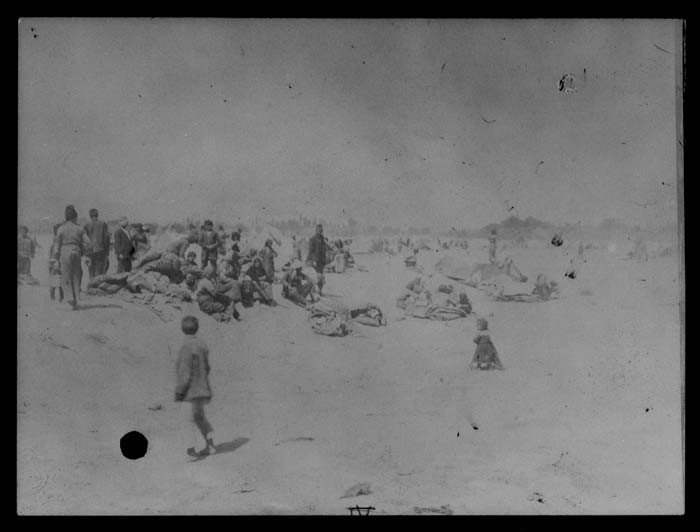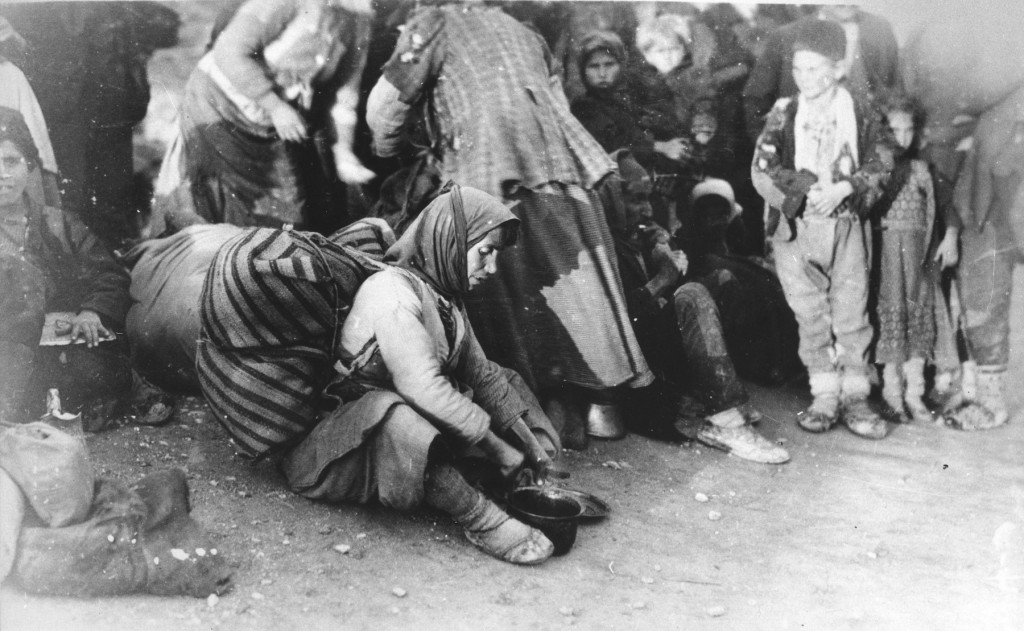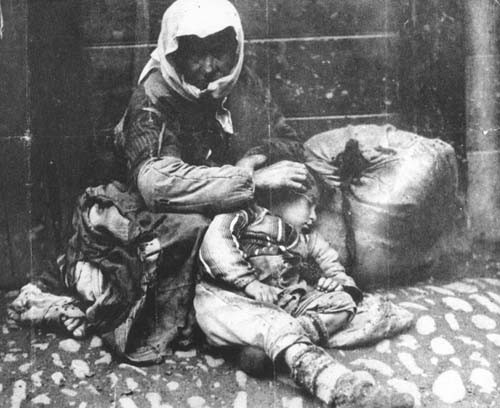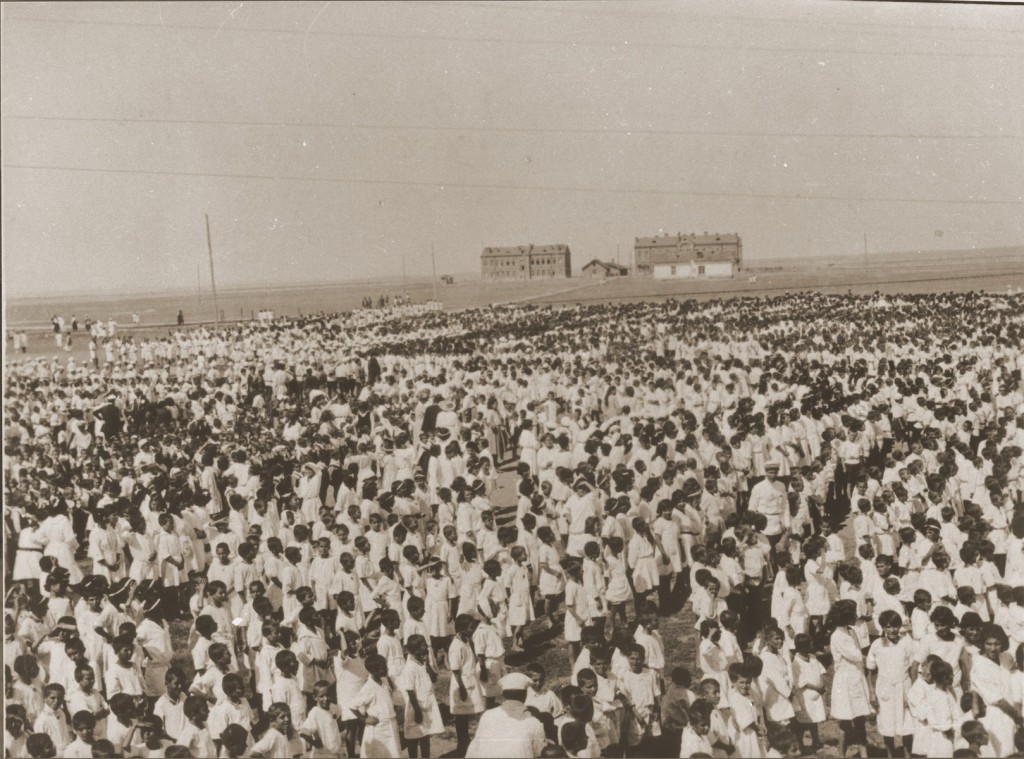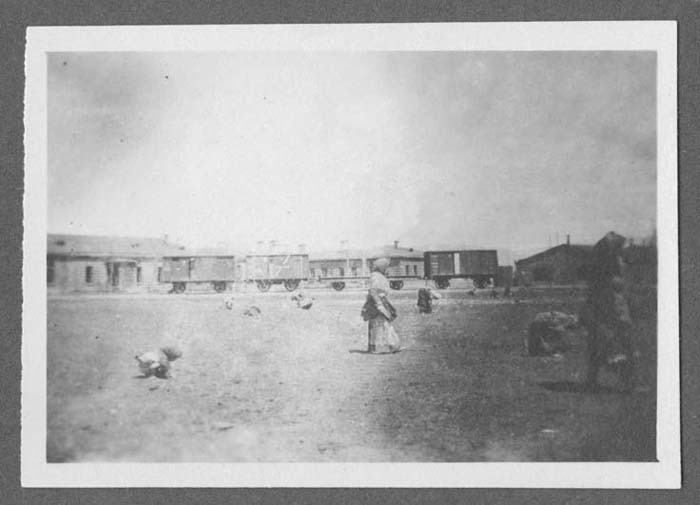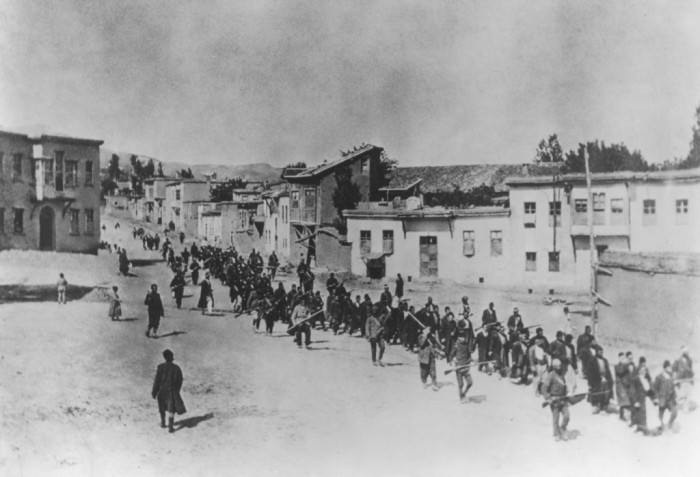
The Armenian Genocide (1915-16): Overview
The Armenian genocide (1915–1916) refers to the physical destruction of Armenian Christian people in the Ottoman Empire. It is sometimes referred to as the first genocide of the 20th century.
Key Facts
-
1
About 1.5 million Armenians lived in the Ottoman Empire in 1915.
-
2
The Armenian genocide took place between the spring of 1915 and the fall of 1916. At least 664,000 and possibly as many as 1.2 million Armenians were killed. They died in both massacres and individual killings. They were also killed through systematic ill-treatment, exposure, and starvation.
-
3
The plight of the Armenians in the Ottoman Empire triggered a response in the United States. Public philanthropic efforts were unprecedented.
Sometimes called the first genocide of the twentieth century, the Armenian genocide refers to the physical annihilation of Armenian Christian people living in the Ottoman Empire from spring 1915 through autumn 1916. There were approximately 1.5 million Armenians living in the multiethnic Ottoman Empire in 1915. At least 664,000 and possibly as many as 1.2 million died during the genocide, either in massacres and individual killings, or from systematic ill treatment, exposure, and starvation.
The origin of the term genocide and its codification in international law have their roots in the mass murder of Armenians in 1915–16. Lawyer Raphael Lemkin, the coiner of the word and later its champion at the United Nations, repeatedly stated that early exposure to newspaper stories about Ottoman crimes against Armenians was key to his beliefs about the need for legal protection of groups (a core element in the UN Genocide Convention of 1948).
Ottoman authorities, supported by auxiliary troops and at times by civilians, perpetrated most of the persecution and mass killing. The Ottoman government, controlled by the Committee of Union and Progress (CUP; also called the Young Turks), aimed to solidify Muslim Turkish dominance in the regions of central and eastern Anatolia by eliminating the sizeable Armenian presence there.
Mass atrocities and genocide are often perpetrated within the context of war. The destruction of the Armenians was closely linked to the events of World War I. Fearing that invading enemy troops would induce Armenians to join them, in spring 1915 the Ottoman government began the deportation of the Armenian population from its northeastern border regions. In the months that followed, the Ottomans expanded deportations from almost all provinces regardless of distance from combat zones.
The victims of the Armenian genocide include people killed in local massacres that began in spring 1915; others who died during deportations, under conditions of starvation, dehydration, exposure, and disease; and Armenians who died in or en route to the desert regions of the southern Empire [today: northern and eastern Syria, northern Saudi Arabia, and Iraq]. In addition, tens of thousands of Armenian children were forcibly removed from their families and converted to Islam.
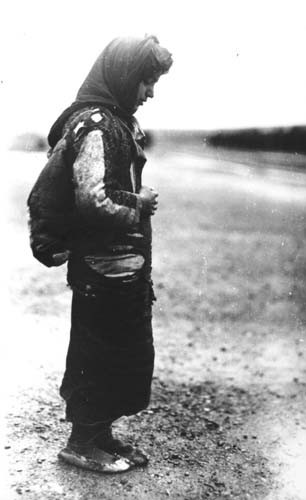
US Ambassador to Constantinople Henry Morgenthau Sr. was deeply troubled by the atrocities committed against the Armenians and was among those who sought to rouse the world's conscience in response. The plight of the Armenians triggered an unprecedented public philanthropic response in the United States, involving President Woodrow Wilson, Hollywood celebrities, and many thousands of Americans at the grassroots level who volunteered both domestically and abroad and raised over $110 million (over $1 billion adjusted for inflation) to assist Armenian refugees and orphans.
The Armenian genocide cast a long shadow into the Holocaust era. Ambassador Morgenthau's son, Henry Morgenthau Jr., was secretary of the treasury in the administration of Franklin D. Roosevelt. In part due to his memories of the Armenian genocide, Morgenthau Jr. was a key advocate for the establishment of the War Refugee Board which rescued as many as 200,000 Jews from Nazi Europe. Perhaps most hauntingly, a novel about Armenian self-defense (Franz Werfel's The Forty Days of Musa Dagh) was secretly passed from hand-to-hand among Jews imprisoned in ghettos during the Holocaust, who saw in it an inspirational analogy to their plight and a call to resistance.
Critical Thinking Questions
Investigate how the rest of the world learned about the Armenian genocide.
What responsibilities do other nations have regarding mass murder within another country?
The word “genocide” was coined in 1944. Investigate how and when the term has been applied since then.


